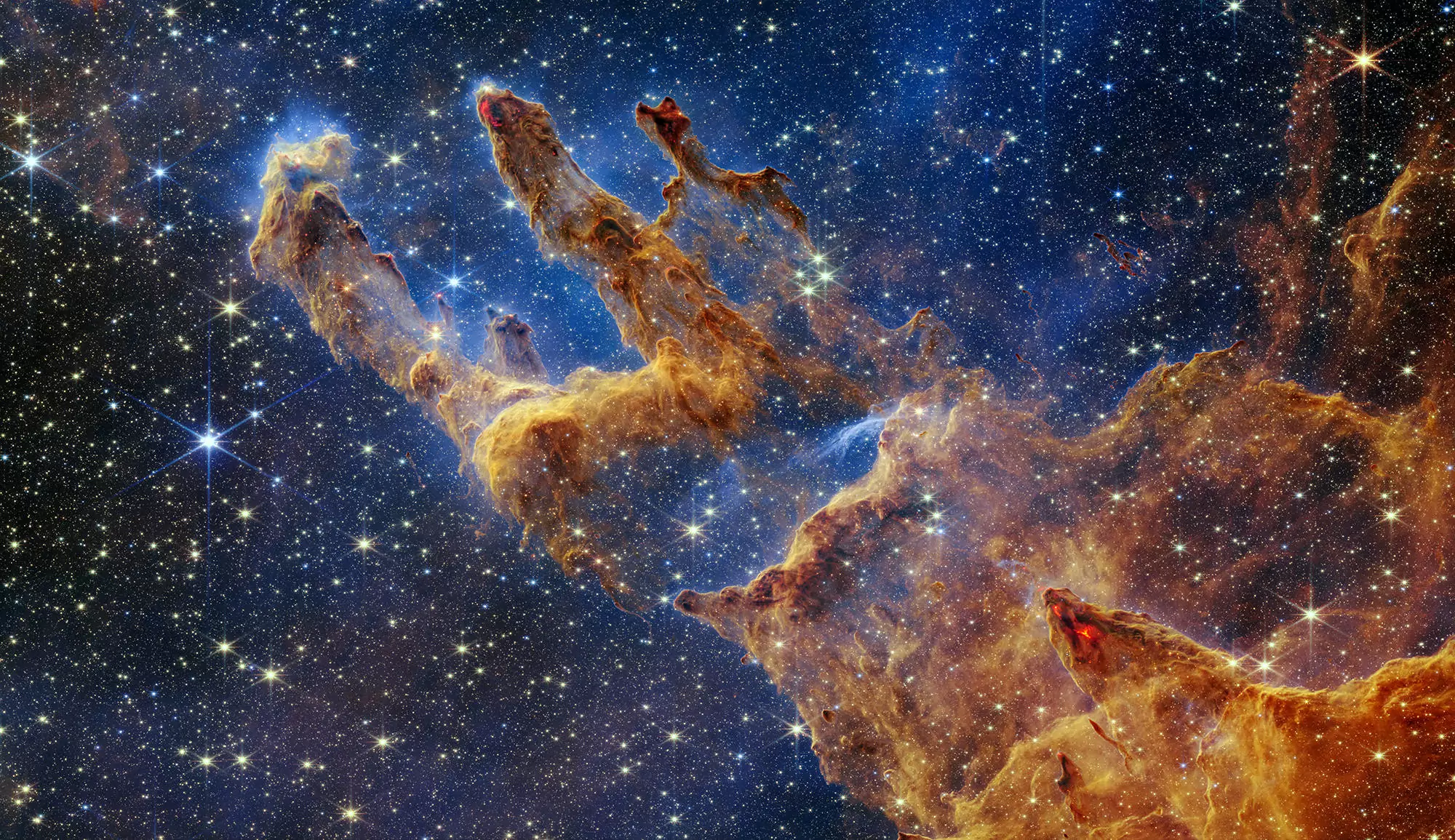Carbon dioxide (CO2) and methane (CH4) are the two main anthropogenic greenhouse gases, i.e. emitted by human activities. In order to better understand their distribution in the atmosphere [1] and the associated emissions, the Magic2 initiative was launched in 2017.
After 3 preparatory campaigns organized in metropolitan France in recent years, the 2021 campaign will be held in northern Norway, Sweden and Finland.

An international consortium of more than 80 scientists will operate a battery of instruments deployed on the ground, aboard some 20 balloons and three research aircraft, veritable flying laboratories.

This boreal region harbors important sources of CH4, linked to human activities (extraction and distribution of gas and oil) or of natural origin (wetlands, peat bogs, lakes, methane hydrates [2]), but whose emissions are poorly estimated. Indeed, continuous measurements are rare there because of the low population density, the boreal winter and the meteorological conditions.
Furthermore, high latitudes are generally considered a sink for atmospheric CO2. Like natural sources of methane, however, the latter would be strongly affected by rapid warming at these latitudes.

The Magic 2021 campaign, which will take advantage of the simultaneous holding of the CNES Klimat 2021 stratospheric balloon campaign in Kiruna (Sweden), will therefore have the objective of measuring greenhouse gas fluxes and in particular both natural and anthropogenic methane emissions.


The Magic 2021 campaign will also validate observations - such as the detection of methane emission hotspots located from space over subpolar lakes - made by the :
- OCO- [3] (Nasa),
- Sentinel-5P (ESA)
- and by the IASI instrument of CNES on board the Metop satellites (ESA-Eumetsat).
The data collected will also help prepare future French space missions for monitoring greenhouse gases, launched in the coming years:
- Merlin (Franco-German mission to measure methane, 2027),
- MicroCarb (French mission to measure carbon dioxide, 2023)
- and IASI-NG (French instrument equipping the European Metop-SG satellites to measure atmospheric composition and climate, 2024).
Thus, the Merlin airborne demonstrator developed by DLR will be flown for the first time on a French research aircraft along with other remote sensing instruments.
|
Partners
In addition to CNRS and its university partners, CNES and Onera in France, this campaign involves the German space agency (DLR), the Swedish Space Corporation, the Finnish Meteorological Institute, the University of Groningen, King’s College London, the British Antarctic Survey, and the Jet Propulsion Laboratory of Nasa. Funding is mainly provided by CNES, CNRS and ESA, with a contribution from Eumetsat.
The French structures involved in this mission are:
- the Laboratoire de météorologie dynamique (CNRS/ENS-PSL/Ecole polytechnique-Institut polytechnique de Paris/Sorbonne University),
- the Molecular and Atmospheric Spectrometry Group (CNRS/University of Reims Champagne-Ardenne),
- the Laboratory of Applied Optics (CNRS/University of Lille),
- the Laboratoire d’études du rayonnement et de la matière en astrophysique et atmosphères (CNRS/Observatoire de Paris-PSL/Sorbonne Université/ENS-PSL/CY Cergy Paris Université)4
- the Laboratoire de physique et de chimie de l’environnement et de l’espace (CNRS/CNES/Université d’Orléans)
- the Laboratory of Climate and Environmental Sciences (CNRS/CEA/UVSQ) [4]
- the Service des avions français instrumentés pour la recherche en environnement (CNRS/Météo-France/CNES),
- the Onera Optical and Associated Techniques Department,
- the Merlin, MicroCarb, IASI-NG project teams and the CNES balloon division.
___________________________________________________
[1] In particular their vertical distribution: most measurements are made at the surface (< 1 km) and some by airliners (5-6 km altitude) but higher altitudes are less studied.
[2] Methane hydrates are icy structures containing methane, present in the sedimentary layers of the ocean floor.
[3] Magic: Monitoring Atmospheric Composition and Greenhouse Gases with Instruments Deployed in Measurement Campaigns.
[4] These laboratories are part of the Pierre-Simon Laplace Institute (IPSL)
